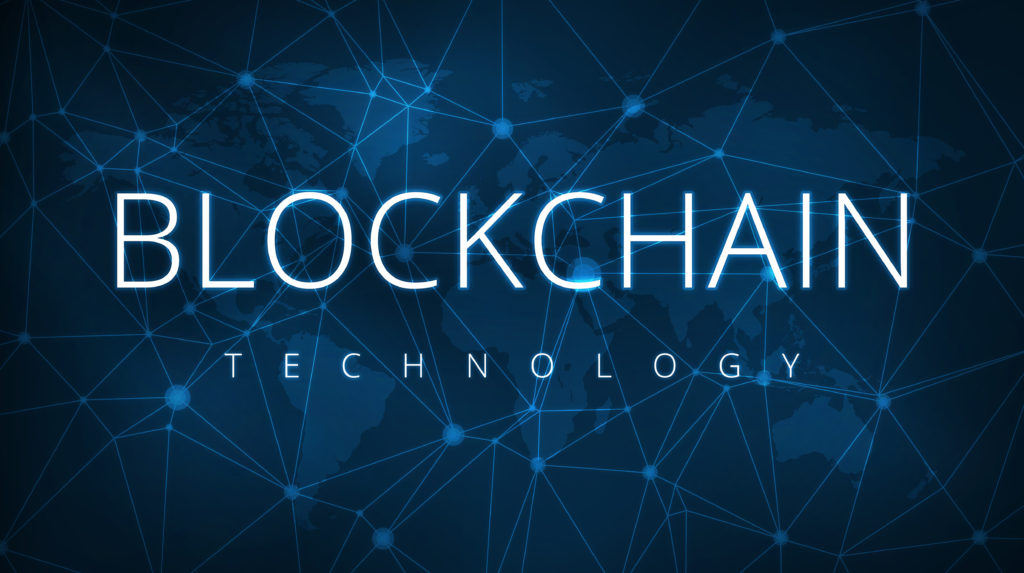Blockchain technologies are seen by many as a key infrastructure component enabling a wide variety of new applications – from Accounting applications like share registries, Biotech blockchains, Cryptocurrencies and down through the rest of the alphabet. While many claims are made for blockchains, the resilience of an infrastructure based on a peer-peer network operating autonomously of centralized actors is seen as key for what seems to be emerging as an infrastructure software layer for many fintech applications, if not the wider Internet. While there are multiple blockchain architectures; beyond the peer-peer infrastructure and the blockchain data structure itself, many blockchains support a distributed applications layer of dApps or Smart contracts executing on the underlying blockchain infrastructure. Blockchain appears poised for wider adoption with open-source implementations available, large scale existing deployments in cryptocurrency mining and large commercial entities reportedly exploring and, in some cases, deploying the technology. But is the technology really mature enough for wide-scale public use?

Adoption of a new technology can be limited by readiness or maturity issues in the operational processes using the new technology, the staff driving those processes, or the development of the blockchain itself. Process maturity is typically measured with a 5-point scale such as:
- Initial (not under statistical process control)
- Repeatable (the organization has a stable process with repeatable levels of statistical process control and rigorous project management)
- Defined (the process is defined for consistent implementation)
- Managed (the process is comprehensively measured and analyzed)
- Optimizing (the process is continuously improved)
These five levels have been adapted for use in a number of different industries. The blockchain software components (peer-peer network, blockchain data structure, consensus protocols, etc.) could be evaluated on such a scale. In a similar fashion, the operational context (market, regulation, consumer/ operator use-cases, etc.) could also be evaluated. Blockchains are inherently distributed applications (otherwise a centralized database could be used). With distributed applications, multiple actors are involved. Multiple independent human actors add complexity to process evaluations because their individual evaluations of the process maturity may be different, and their understanding of the expected operational use-cases may also differ. While there have been proposals[1] for blockchain maturity models, it is not clear how widely supported they are.
To err is human, and the open-source blockchain developers have demonstrated their humanity in a number of ways[2]. What matters more is the process for resolving those inevitable bugs. One approach to tracking maturity, particularly for open source projects is the core infrastructure initiative (CII) from the Linux Foundation. This provides not just tooling and education, but also a (free) badging program for open source projects to attest to their adherence to industry best practices. CII is not restricted to Linux Foundation projects; but as might perhaps be expected, Hyperledger projects do report on CII; unfortunately, Etherium does not; though there are a number of other blockchain projects that do.
If blockchain systems and technologies are to live up to their promise as future infrastructure, then their maturity needs to be demonstrated. Developers and open source communities have tools like CII to demonstrate the maturity of their software. Users of blockchain software should ask their suppliers for evidence of the maturity of their products. Beyond the software, other aspects (e.g., market and regulatory dimensions) may need industry-specific adaptions of the process maturity scale to evaluate the operability of blockchain proposals in their context.
[1] See e.g., Wang, H., Chen, K. & Xu, D. Financ. Innov. (2016) 2: 12. https://doi.org/10.1186/s40854-016-0031-z
[2] See e.g., Wan, Z., Lo, D., Xia, X., & Cai, L. (2017, May). Bug characteristics in blockchain systems: a large-scale empirical study. In 2017 IEEE/ACM 14th International Conference on Mining Software Repositories (MSR) (pp. 413-424). IEEE.
